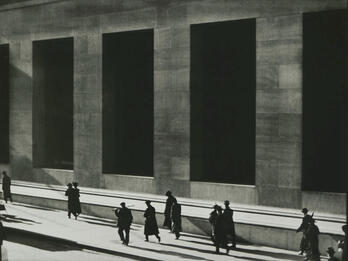L'Image de la femme (The Image of Woman)
Claude Cahun
1915
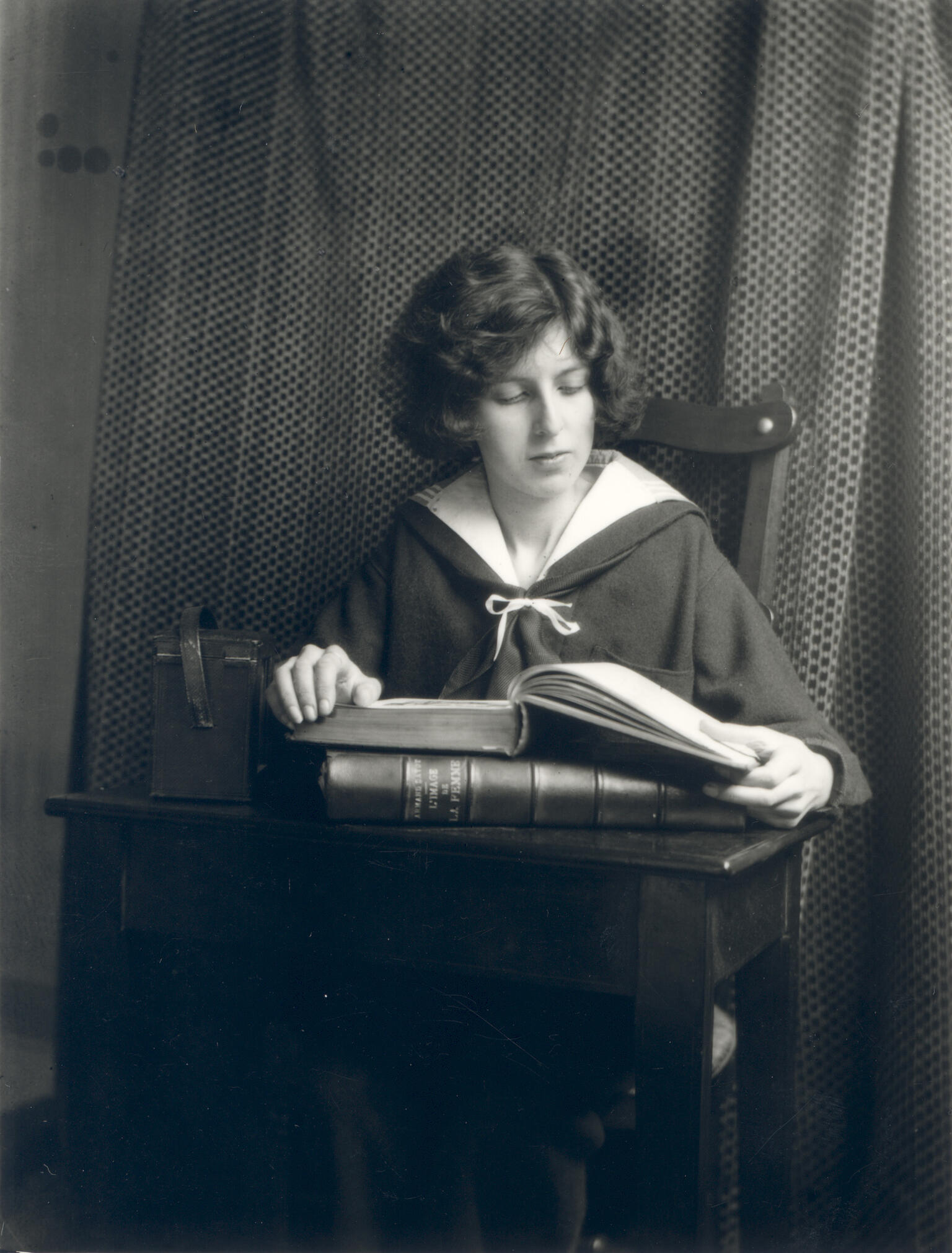
Creator Bio
Claude Cahun
Claude Cahun was born Lucy Renee Mathilde Schwob in Nantes; their uncle was the symbolist writer Marcel Schwob. Raised in an intellectual milieu, Schwob early on began experimenting with photography and representations of an ungendered self. In 1919, Schwob adopted the gender-neutral name Claude Cahun and began preferring to identify as gendered “neuter.” Living in Paris with their stepsister and lover Marcel Moore (formerly Suzanne Malherbe), Cahun was active in the surrealist movement, hosting salons, writing, and producing a series of gender-bending artworks that would later inspire David Bowie, Dior, Cindy Sherman, and others. Unable to flee the war and stuck on Jersey Island under Axis occupation, Cahun and Moore created and distributed anti-Nazi propaganda among occupying soldiers, narrowly escaping death sentences with the German defeat.
You may also like
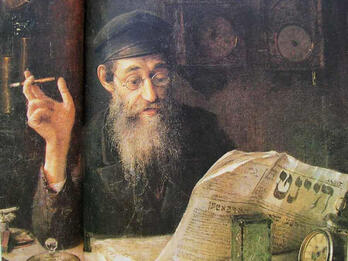
The Watchmaker
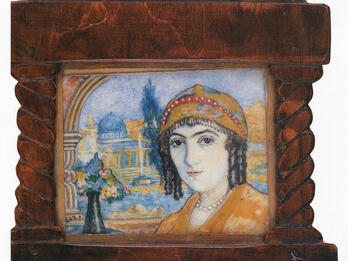
Portrait of the Artist's Wife, with the Dome of the Rock in the Background
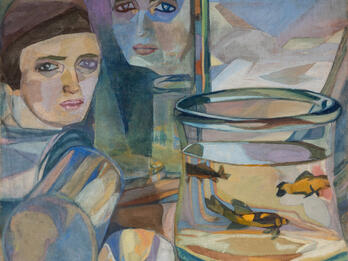
Aquarium (Self-Portrait)
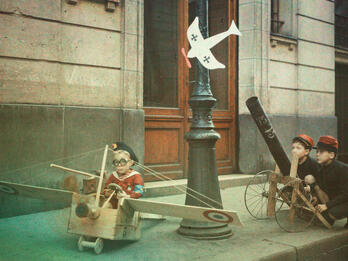
A "Taube" Is Spotted; A French 75 Is Immediately Put into Battery While "Pépéte," the Aviator, Prepares to Give Chase
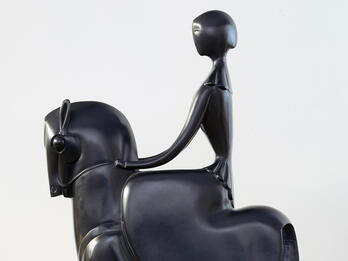
Amazone (bronze)
